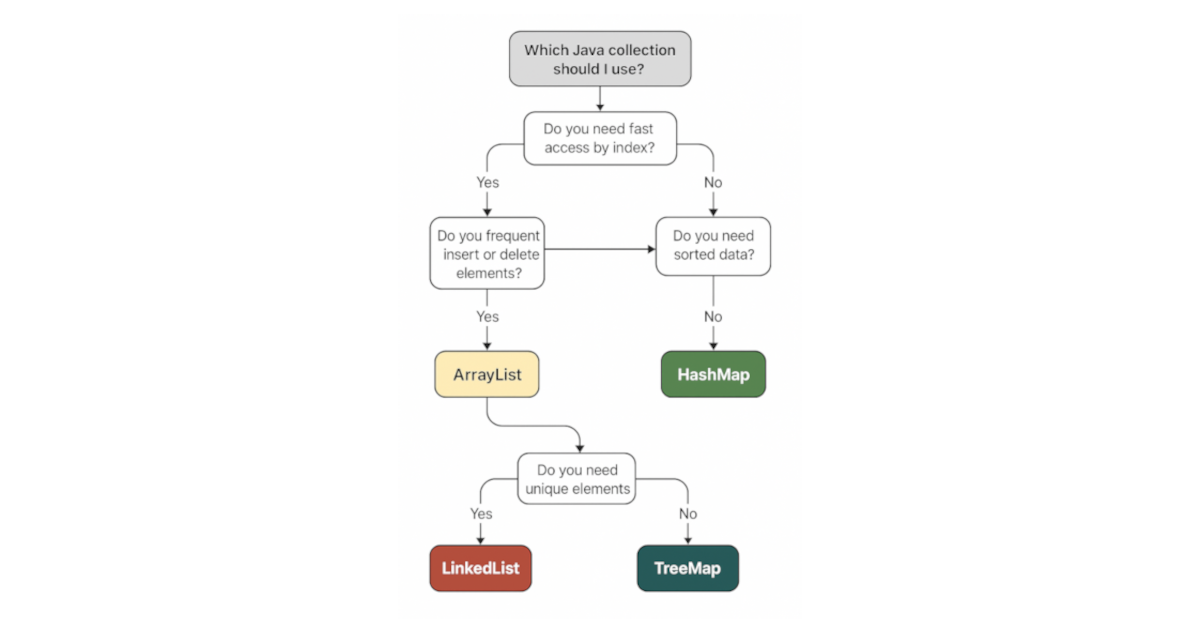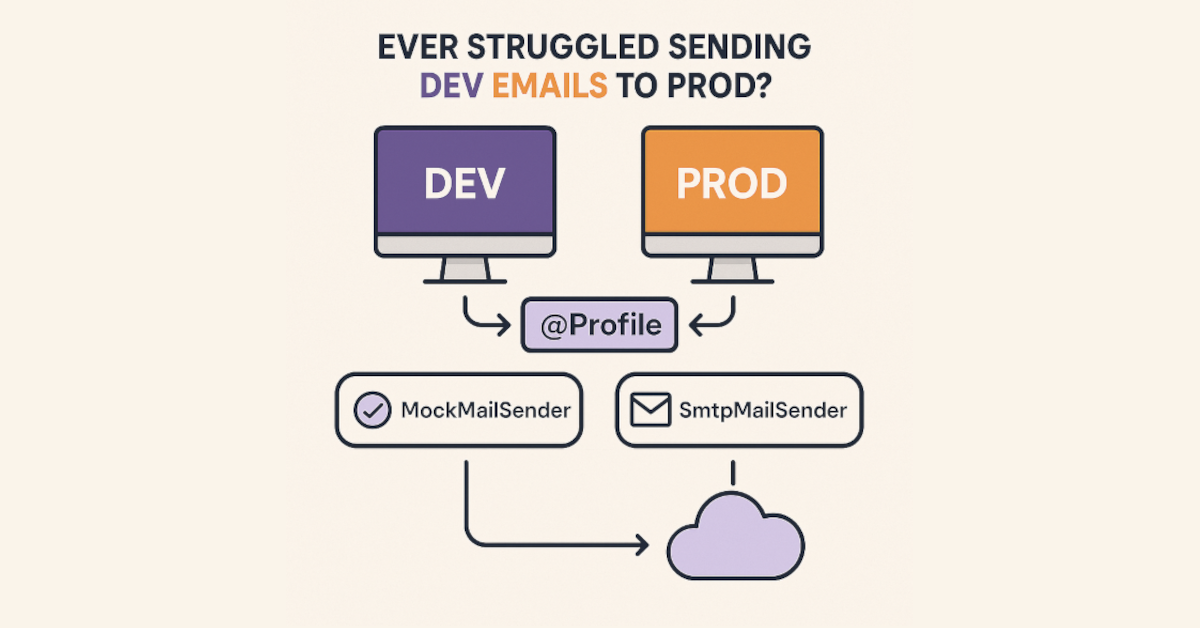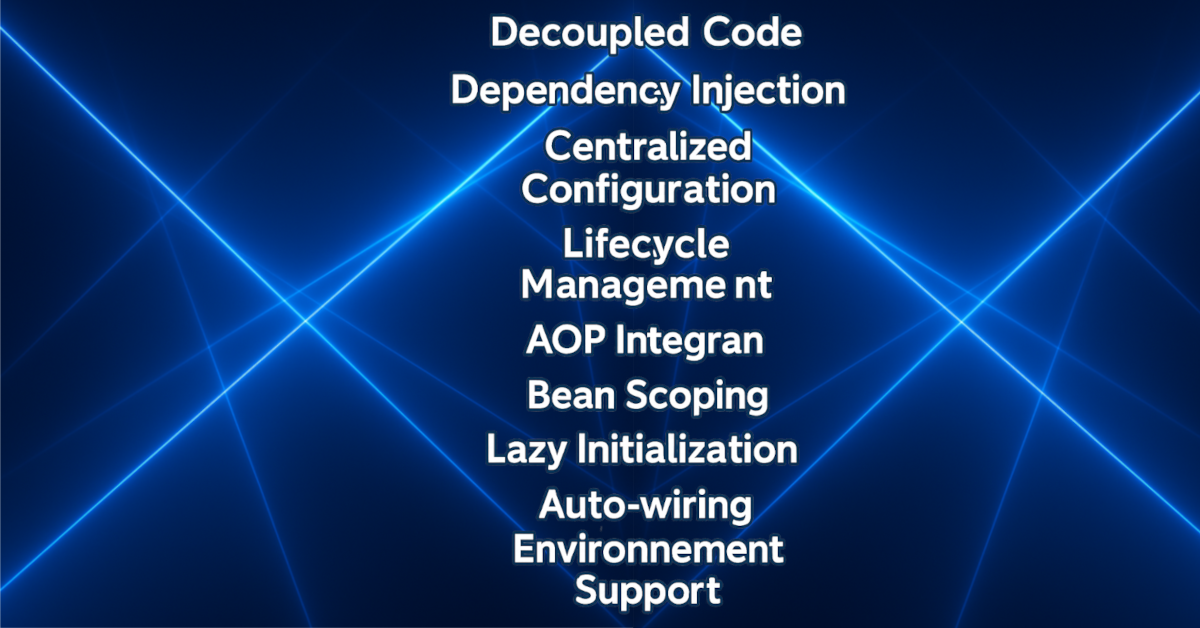Category: Java
-
Rust vs Java: The Key Differences Every Developer Should Know
In the world of modern programming languages, Java and Rust stand as two titans—each with its own philosophy, strengths, and trade-offs. While Java has been a cornerstone of enterprise software for decades, Rust has emerged as a modern systems programming language focused on safety and performance. Whether you’re a Java developer exploring new languages or…
Written by

-
✅ Recommended Exceptions Strategy
Use a Hierarchy of Custom Exceptions with Specific Messages 1. Define a base exception class Create a generic custom exception that extends RuntimeException (or Exception if you need checked exceptions). 2. Create a few meaningful subclasses for common domains Use subclasses only for distinct categories, not every input field. 3. Throw exceptions with detailed messages…
Written by

-
Singleton Design Pattern or Configuration Beans?
Choosing the right approach in Java architecture When designing a Java application—particularly in the context of modern enterprise systems—developers often face a fundamental question:Should I use the Singleton design pattern or rely on configuration beans managed by a framework like Spring? While both approaches can achieve a shared goal—ensuring a single instance of a class—they…
Written by

-
🚨 Already Had Problems with Concurrency?
Here’s How to Face and Overcome It in Spring Boot Concurrency issues in applications—especially those backed by relational databases—can cause data inconsistencies, lost updates, or phantom reads that are hard to detect and even harder to debug. Have you ever seen something like: If yes, you’re not alone. These are classic symptoms of concurrent modification…
Written by

-
“Which Java Collection Should I Use?”
Choosing the Right Data Structure for Real-World Problems Have you ever asked yourself which data structure you should use to store your collection of items?It’s a common question every Java developer faces, especially when writing scalable and maintainable code. Java’s Collections Framework offers a variety of implementations for lists, sets, and maps—but using the right…
Written by

-
Ever Struggled Sending Dev Emails to Prod?
Use @Profile to Stop That Madness Situation We’ve all been there: you’re building a feature that sends emails—maybe it’s a password reset, a newsletter, or a welcome message. You test it locally, everything looks good, and then… you forget to switch something before deploying. Suddenly, real users are receiving test emails with dummy links or…
Written by

-
Mastering IoC in Java
10 Powerful Features Explained with STAR Method, SOLID Principles & Real Code Understanding Inversion of Control (IoC) is essential for writing maintainable, scalable, and testable Java applications. This post explores 10 IoC features using real-world situations, and shows how they align with SOLID principles — with real code to bring everything to life. 1. Decoupled…
Written by

-
Structuring Spring Boot Applications
Designing a Clean Architecture with Controller, Mapper, Service, and Repository When building modern Spring Boot applications, organizing code in layers brings clarity, separation of concerns, and easier testing. One of the most common and effective approaches is using the Controller → Service → Mapper → Repository flow. In this post, I’ll walk you through how…
Written by

-
Mastering entity relation mapping in Java
Parent Perspective in Entity Mapping Have you ever asked: “Should the parent own the relation, with cascade all, and the child DTO not even mention the parent?” That’s often a good and clean approach, and here’s why. ✅ When the Parent Owns the Relation Pros: DTO Example (clean): No need for PersonDto inside PassportDto. ✅…
Written by

-
Smarter Switch Statements
in Java 21 with Pattern Matching Java has come a long way since the days of switch (int) and switch (String). With Java 21, the switch statement becomes way more expressive thanks to pattern matching — allowing it to work seamlessly with types, records, sealed hierarchies, and more. In this post, we’ll explore what’s new…
Written by
